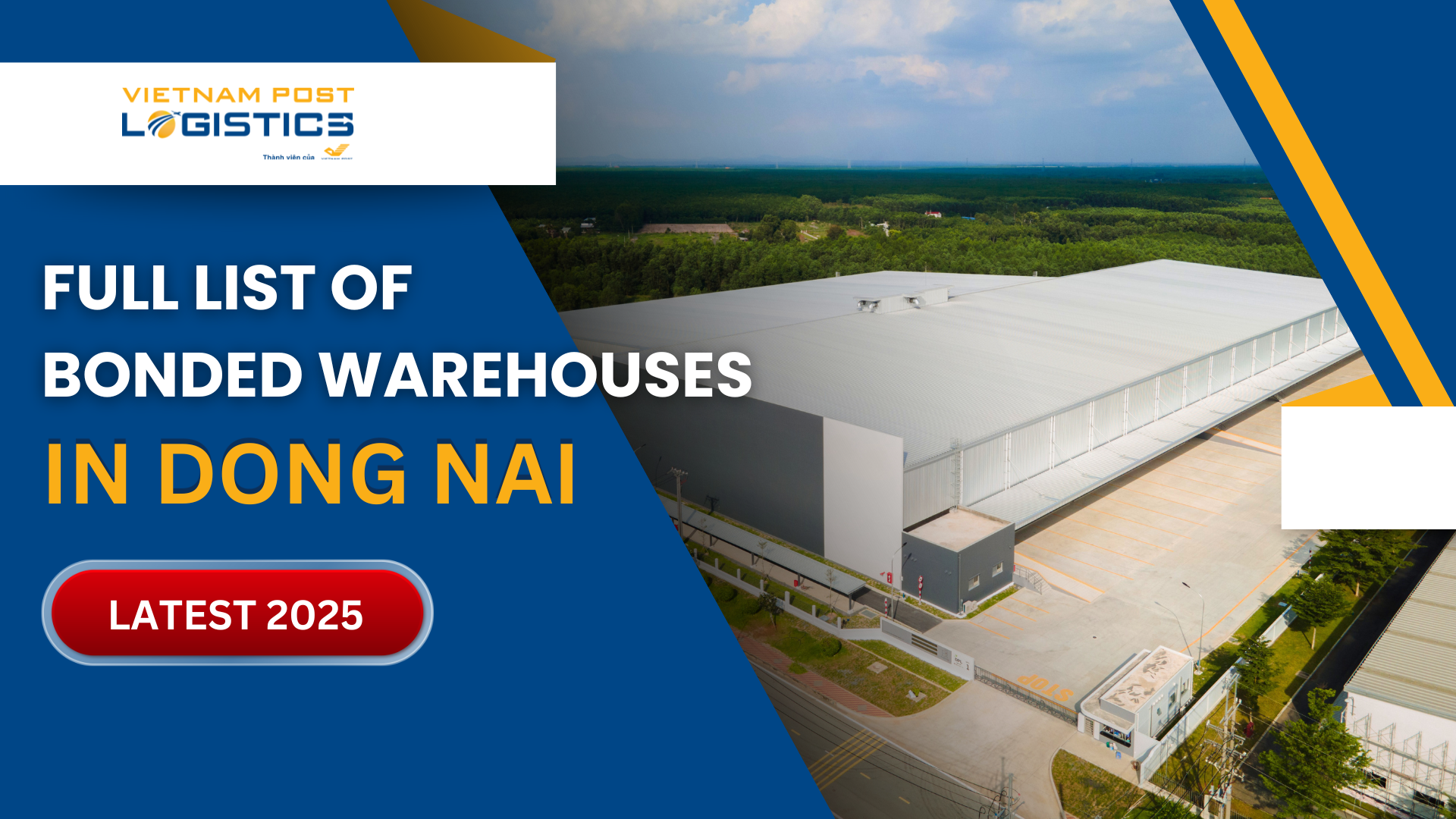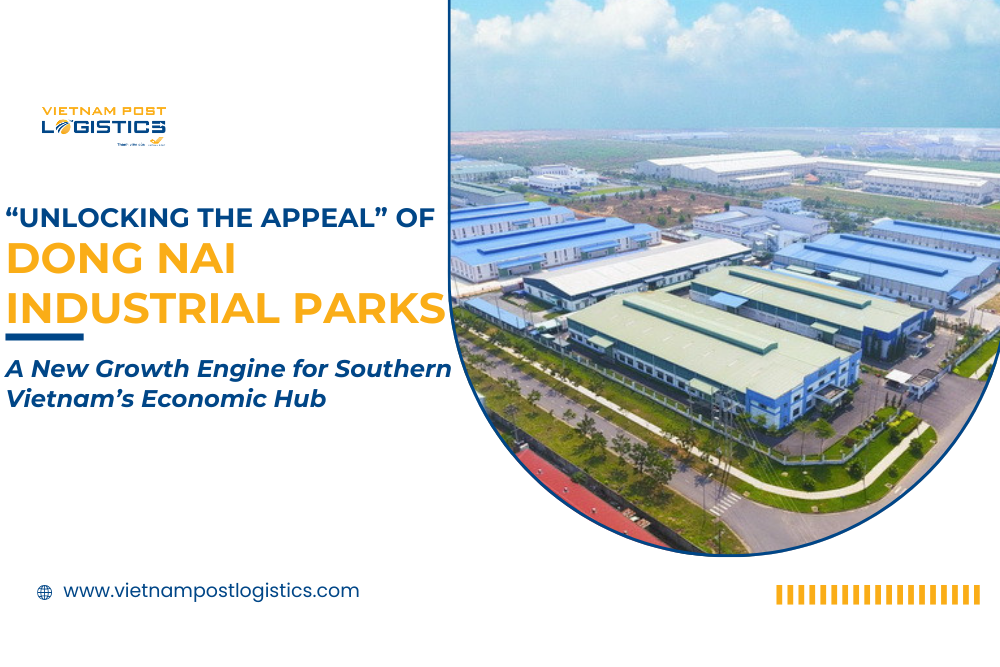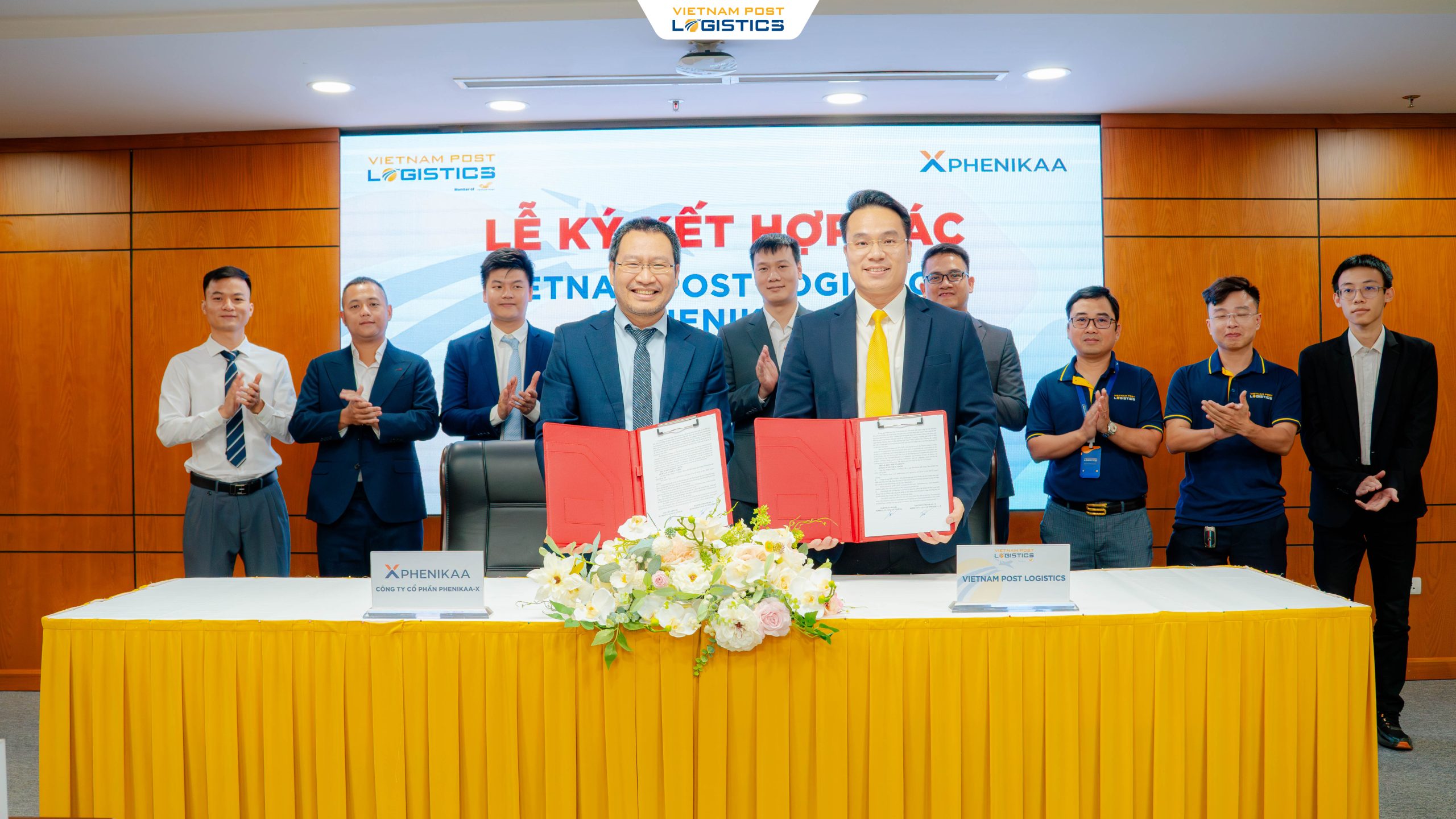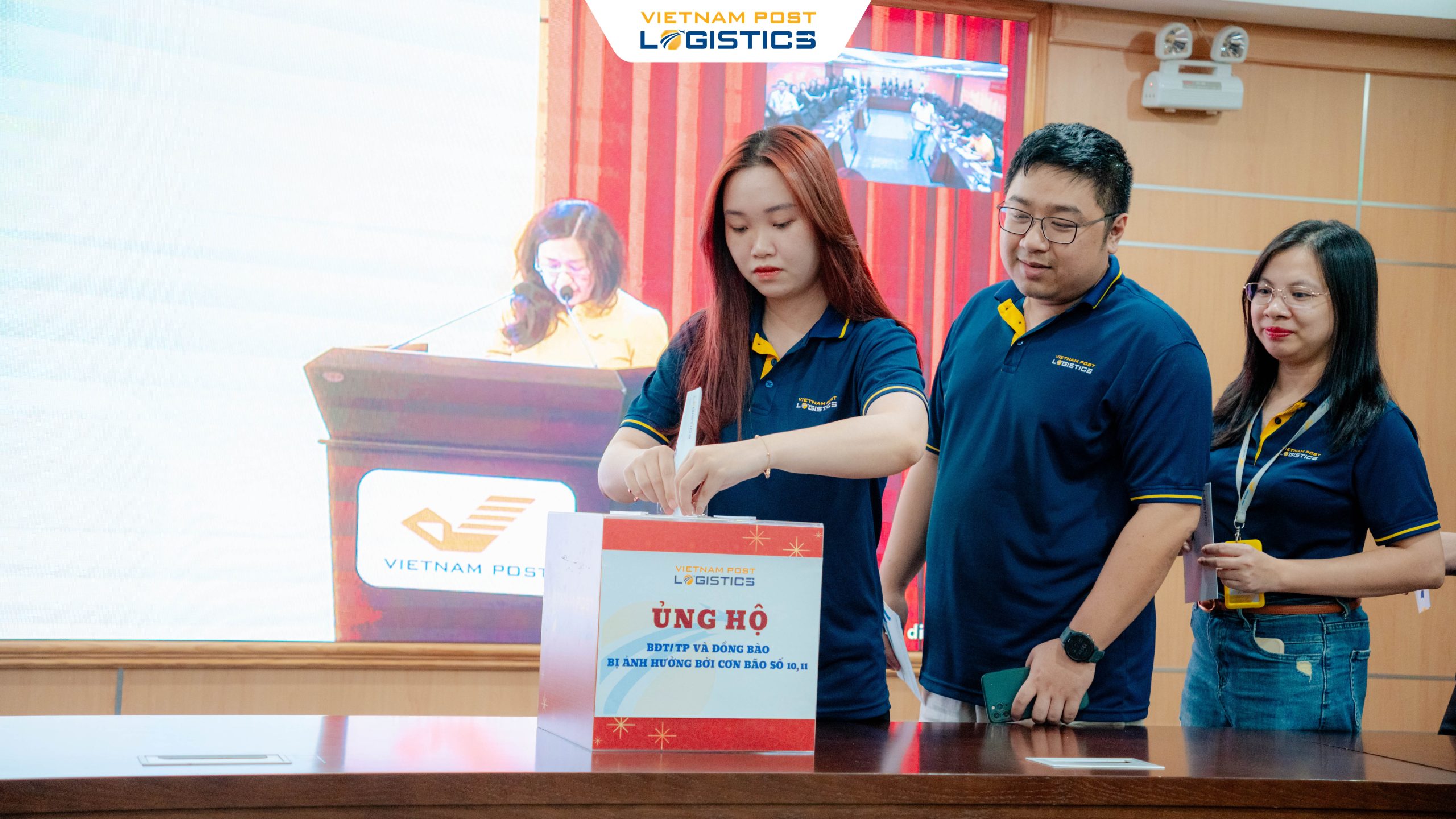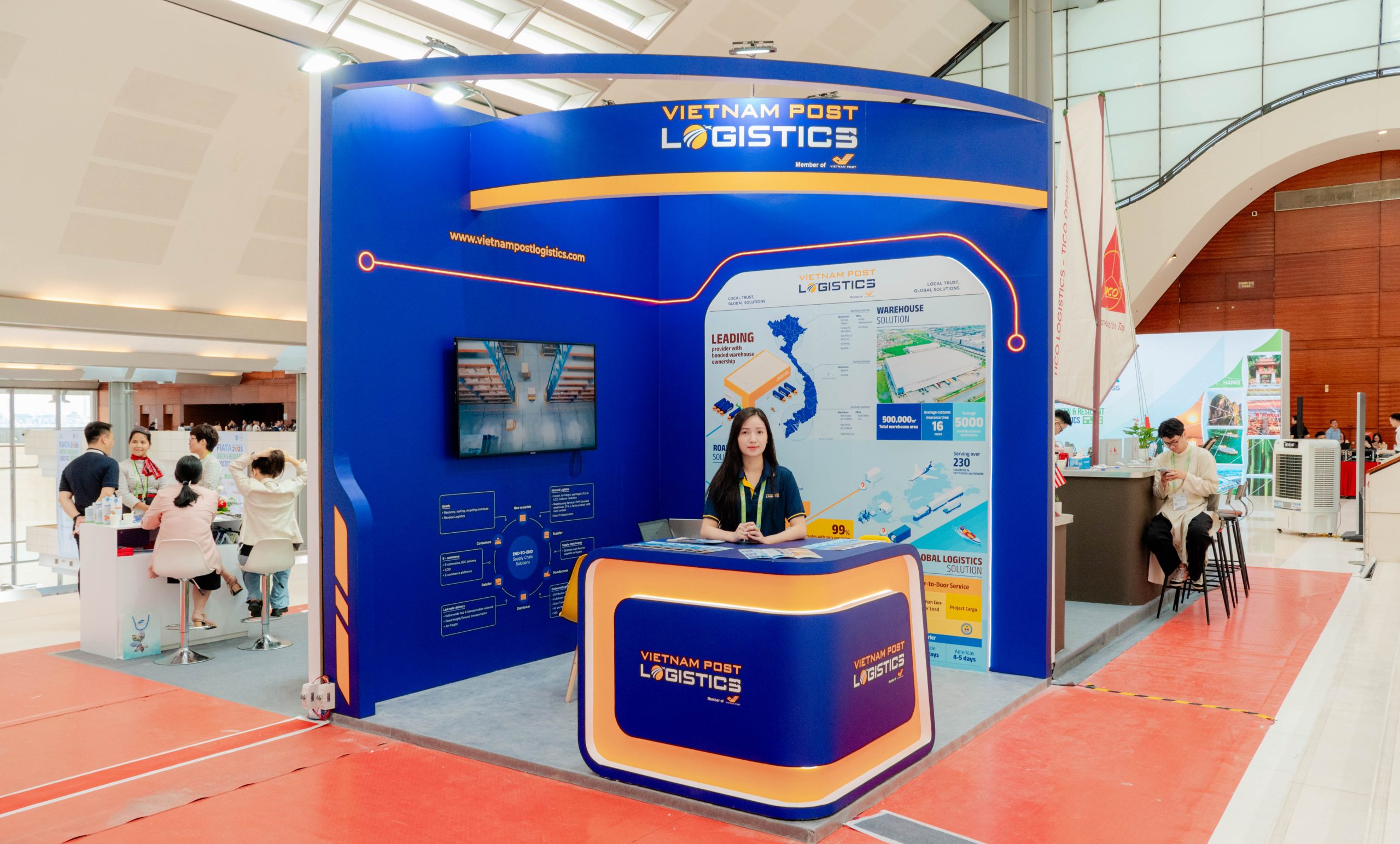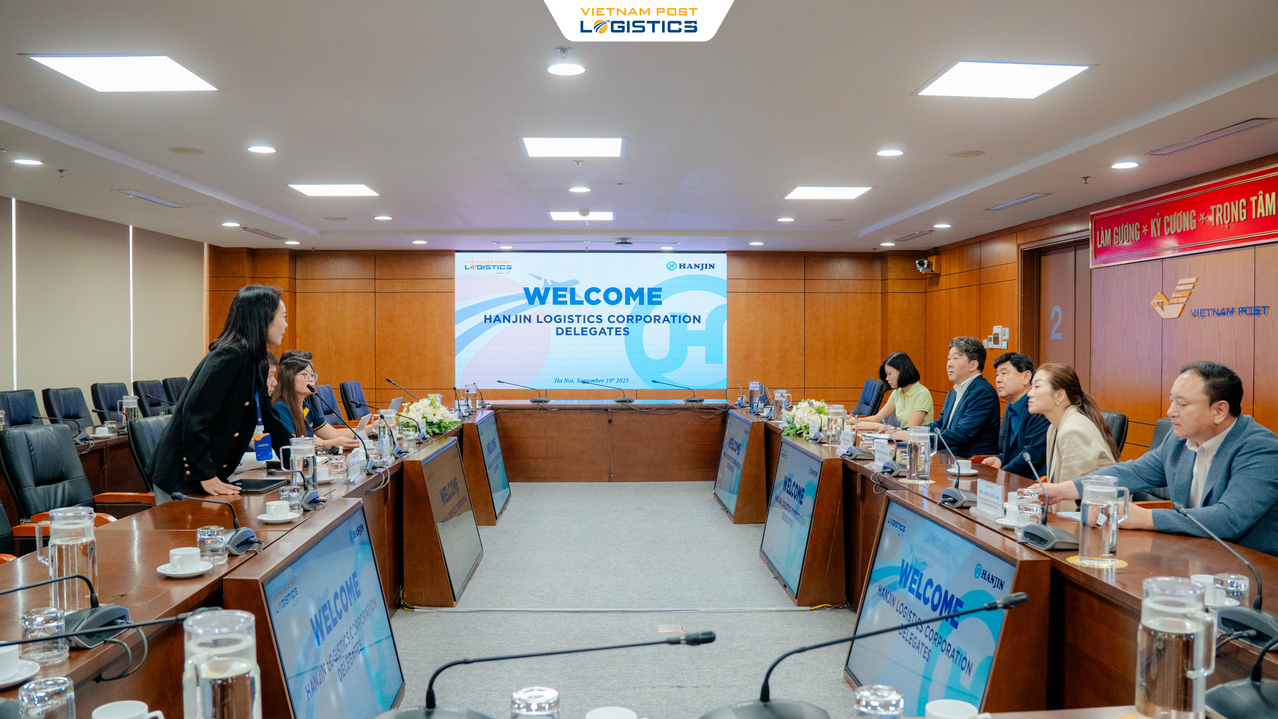
5 Practical Ways to Cut Fulfillment Costs Without Slowing Down Delivery
 Vietnam Post Logistics
Vietnam Post Logistics
 3 July, 2025
3 July, 2025
 5 phút đọc
5 phút đọc
In the fiercely competitive e-commerce landscape, optimizing operating costs – especially fulfillment costs – has become a vital factor for business survival. However, unmonitored cost-cutting can hurt service quality and lead to loss of customer trust.
How can businesses reduce fulfillment costs while still ensuring fast delivery, high order accuracy, and an excellent customer experience? Here are 5 actionable strategies you can apply right away.

Optimize Fulfillment Warehouse Locations
Warehouse location plays a crucial role in fulfillment optimization, as it directly impacts shipping time and delivery costs. Businesses should:
- Analyze order data to identify regions with the highest customer density.
- Place warehouses near primary consumption zones to shorten delivery distance and reduce lead time.
- Consider renting warehouse space from fulfillment partners with wide coverage, especially in major cities like Hanoi, Ho Chi Minh City, or transshipment hubs like Binh Duong, Bac Ninh, Vinh Phuc, and Ha Nam.
You can also apply the multi-node fulfillment model by distributing inventory across several warehouses according to geography. This helps reduce long-haul transportation costs and shortens delivery time.
Automate Fulfillment Processes
Implementing technology across inbound – storage – picking – packing – outbound stages helps reduce labor costs and minimize errors.
Suggested tech solutions:
- Warehouse Management System (WMS) to auto-update inventory and route orders.
- Barcode printers and automated packing machines to speed up order processing.
- Integrate your e-commerce platforms with your fulfillment system to sync data in real-time.
Case in point: A local cosmetics brand that integrated WMS with Shopee and Tiki cut its order processing time by 32% and reduced order errors from 2.5% to just 0.7% in 3 months.
For large-scale warehouses, businesses can also adopt Automated Guided Vehicles (AGVs) to boost productivity and reduce manual labor dependency.
Optimize Packaging – Save on Packing and Shipping
Packaging isn’t just about protecting products—it affects both shipping costs and customer experience.
Tips to reduce packaging costs:
- Use fit-to-size packaging to avoid volume-based surcharges.
- Opt for lightweight, recyclable materials to cut down on weight and be more eco-friendly.
- Standardize packaging by product groups to streamline inventory and get better bulk pricing.
Example: Fashion products can use custom plastic mailers with printed logos instead of bulky cardboard boxes. For dry food, using compact ziplock bags instead of cartons can reduce international shipping costs by up to 20%.
Also, consider printing branding and product info directly onto the shipping bag to eliminate extra inserts like flyers or manuals—this saves costs and looks more professional.
Use a Flexible Fulfillment Model (Hybrid Fulfillment)
You don’t always need to handle the entire fulfillment process yourself. Businesses can consider a hybrid model combining in-house operations with third-party logistics (3PL).
Benefits include:
- Cost-efficiency during peak seasons: outsource storage or staffing to avoid overload.
- Expand rapidly without major infrastructure investment.
- Test new markets by storing inventory at 3PL warehouses near your target customers.
Streamline Returns and Delivery Policies
A poorly designed return and delivery process can create hidden operational costs.
Suggestions:
- Set free shipping thresholds to boost average order value.
- Identify common return reasons and improve product quality or listings accordingly.
- Work with fulfillment partners that offer pre-shipment inspection to minimize avoidable returns.
Also:
- Ensure customers can easily find return policies.
- Automate return approvals where applicable to cut manual labor and processing time.
Some businesses are also adopting dedicated Reverse Logistics processes to consolidate returns, sort, reuse, resell, or responsibly dispose of returned goods.
Don’t Forget to Monitor Fulfillment KPIs Regularly
To assess cost optimization results, set clear fulfillment KPIs such as:
- On-time Delivery Rate (OTD)
- Cost per Order
- Order Error Rate
- Average Handling Time (AHT)
Monitoring these KPIs regularly helps identify bottlenecks early before costs spiral out of control.
Additionally, businesses should:
- Compare internal fulfillment costs versus outsourcing regularly to find the most efficient solution.
- Perform ABC analysis of SKUs to focus resources on high-performing items and avoid long-term storage of slow-moving goods.
- Track the entire order lifecycle through dashboards to pinpoint which stages cause delays or excessive costs.
This lays the foundation for a lean, adaptive, and scalable fulfillment system.
Comprehensive International Fulfillment Solutions for Businesses
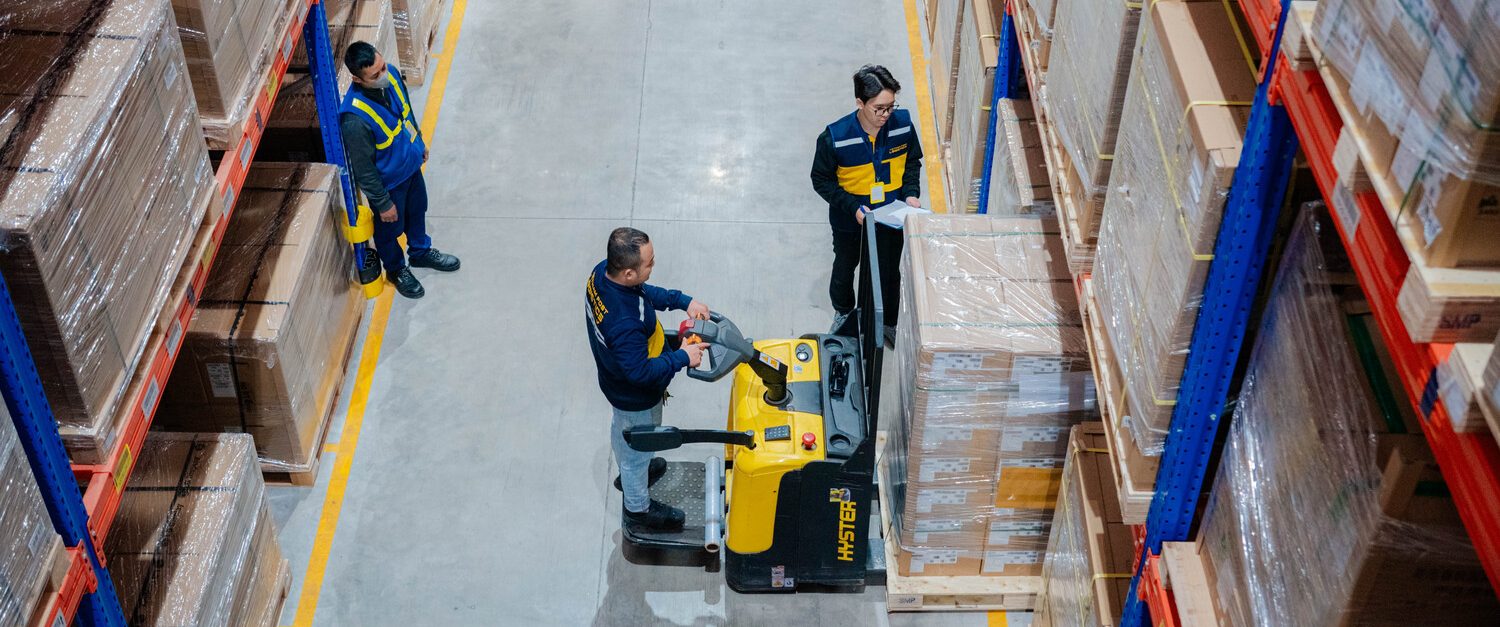
Vietnam Post Logistics – one of Vietnam’s most trusted logistics ecosystems – offers end-to-end International Fulfillment Services, ready to handle orders from Vietnam to the US, Canada, Australia, Europe, and beyond.
With:
- A transport network reaching 230+ countries and territories
- Modern, international-standard facilities strategically located in Hanoi, Ha Nam, Vinh Phuc, Hai Phong, Ho Chi Minh City, etc.
- Integration with the global postal system (192 countries) and leading airlines
- A wide range of flexible and professional services tailored to your needs
- A dedicated, experienced support team available 24/7
Fulfillment is not just a logistics cost—it directly impacts customer experience and loyalty. By optimizing warehouse location, adopting technology, using smart packaging, applying flexible models, and improving delivery-return workflows, businesses can reduce costs sustainably without sacrificing service quality.
If you’re looking for a reliable, flexible, and cost-efficient fulfillment partner, Vietnam Post Logistics is your ideal choice. With a nationwide warehouse network, advanced technology, and an experienced support team, we’re committed to helping your business grow and stay competitive in cross-border e-commerce.






